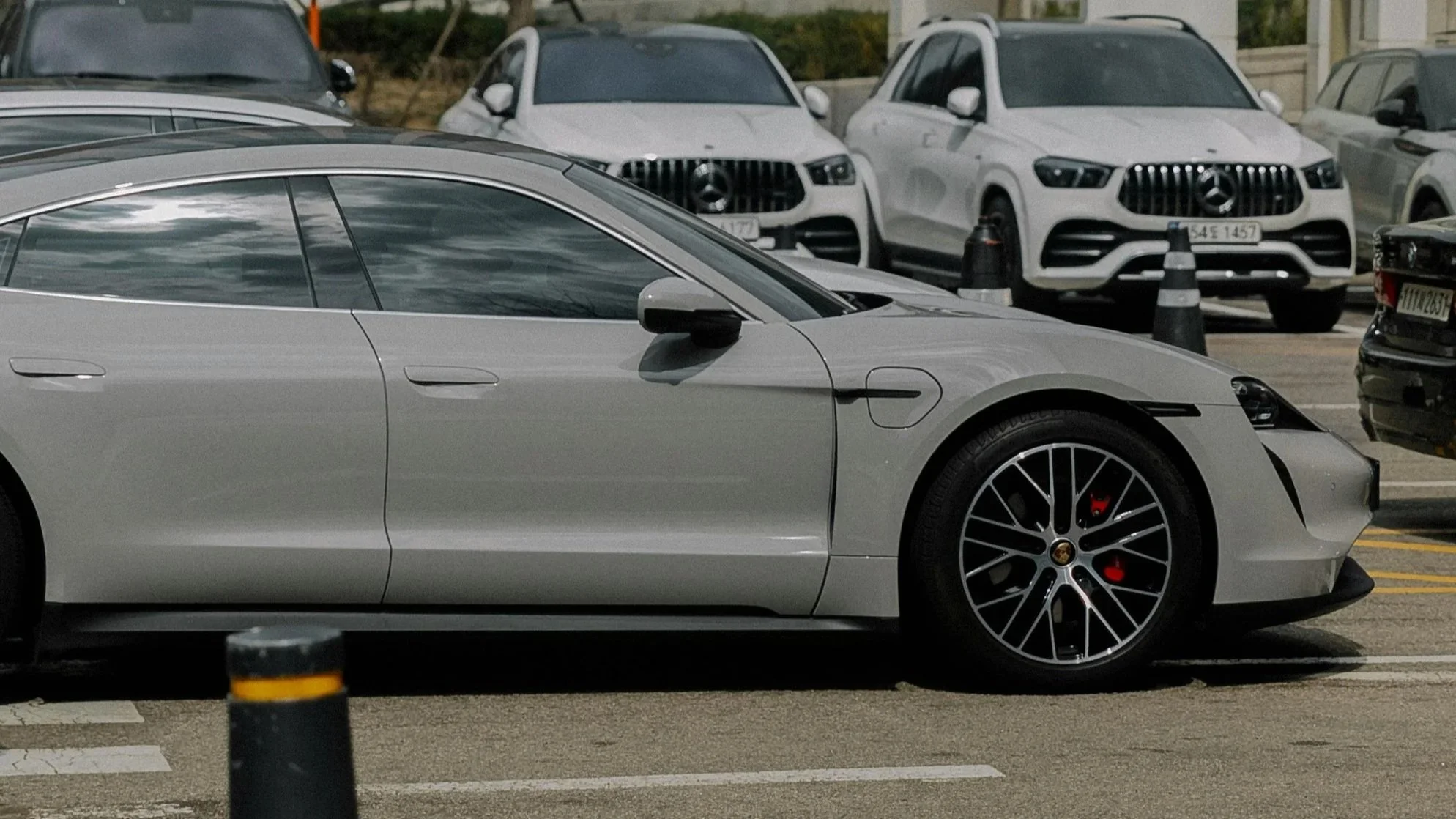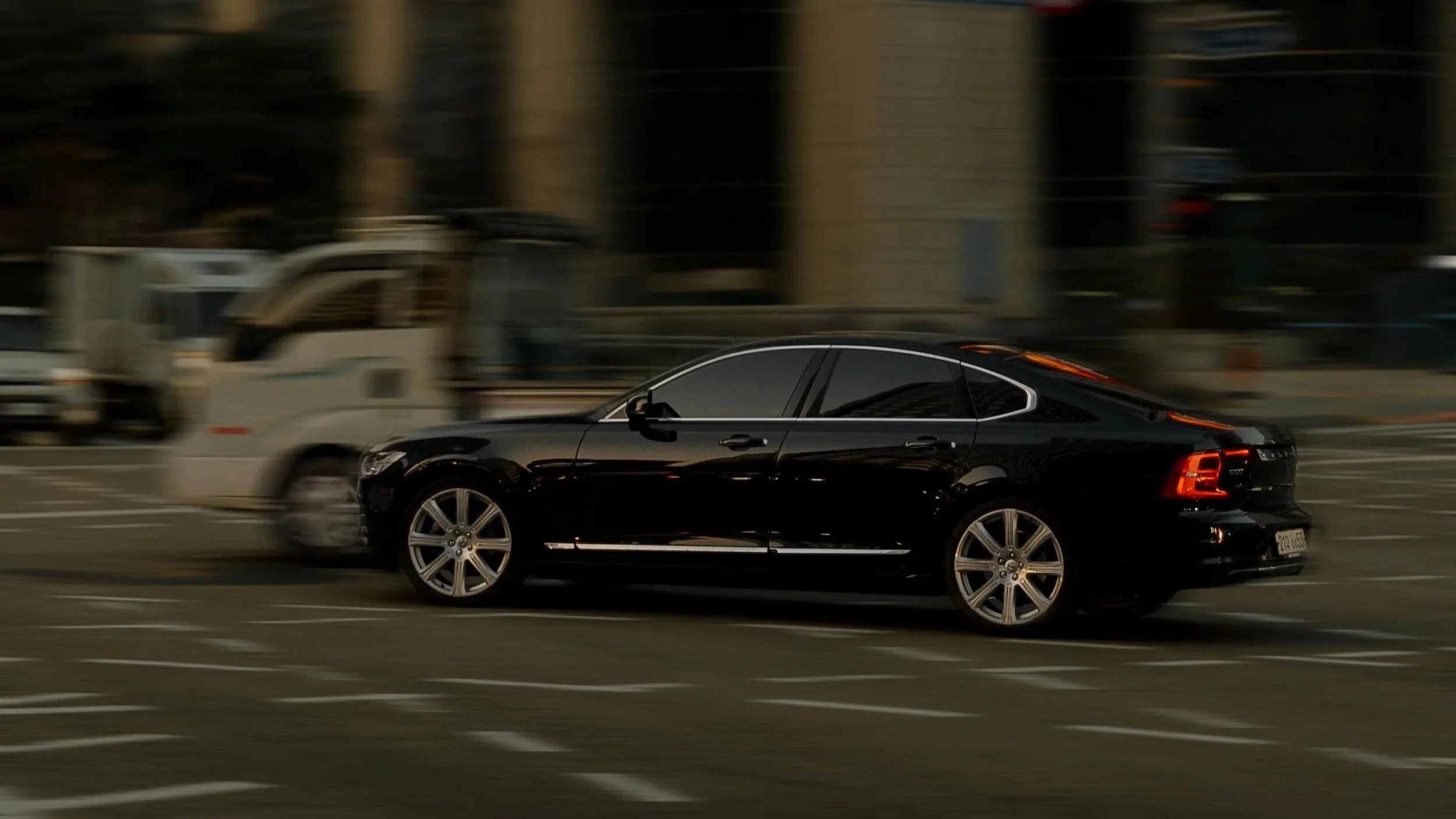Is Your Window Tint Failing? 5 Warning Signs It's Time for a Replacement
Hey Fort Lauderdale drivers, it's Tint City and Wraps here!
In a place where the sun is as much a part of the daily routine as our morning coffee, your car's window tint isn't just a style statement—it’s a necessity. It’s what protects your skin, keeps your A/C from running overtime, and shields your interior from the brutal Florida heat.
But here’s the thing: window film doesn't last forever, especially if it was a cheap, dyed product to begin with. Over time, heat, UV exposure, and simple wear and tear can cause that great investment to turn into an unsightly hazard.
So, how do you know when it’s time to stop ignoring those little flaws and get your tint replaced? Here are the five clearest signs that your window film is failing and needs an upgrade from the pros.
1. The Bubble Invasion (Adhesive Failure)
This is the most common and visible sign of a failing tint job. Those little air pockets or blisters forming between the film and the glass aren't just ugly—they’re proof that the adhesive has broken down.
What it means:
Poor Quality Film: Cheap tints use poor quality glue that can’t handle the extreme heat cycles we see in South Florida.
Compromised Safety: Large bubbles, especially on the rear window, can severely obstruct your view and become a safety hazard.
The Clock is Ticking: Once the bubbles start, they will only get worse, eventually leading to peeling.
The Fix: You can’t smooth a bubble out permanently. The old film needs to be safely and completely removed before a new, high-quality film is installed.
2. The Great Color Change: Fading, Discoloration, or the Dreaded Purple Hue
When you first got your tint, it was a crisp, deep black. Now, you look at your car and it has a weird, patchy, brown or even purple tint.
What it means:
Dye Breakdown: This purple color is the telltale sign of a low-grade, non-metalized, or non-ceramic film. The dye layer in the film has been completely broken down by UV rays.
No More Protection: When the color fails, the primary function of the tint fails, too. Your tint is no longer blocking UV rays, which means your skin and your car's vinyl, leather, and dashboard are completely exposed.
Style Nightmare: Let's be honest, purple-tinted windows make any car look neglected.
The Fix: This issue is purely cosmetic and functional. The only solution is professional removal and replacement with a premium film, like a carbon or ceramic tint, which uses stable, non-fading materials.
3. Peeling Edges and Ragged Corners
Do you notice the corners of your side windows curling up? Is the film peeling away from the edge where the window meets the frame?
What it means:
Poor Preparation: Peeling often indicates the installer did not properly clean or trim the glass before installation, or they used a low-quality film with a weak adhesive bond.
Wear and Tear: The action of the window rolling up and down will constantly rub and stress the film. If the adhesive isn't strong, the film will start to lift.
Dust and Debris Magnet: A lifted edge acts like a magnet, collecting dirt, dust, and grime, which further compromises the bond and makes the problem spread faster.
The Fix: Once the edge starts to peel, there is no simple way to secure it again. It must be professionally removed, the glass cleaned meticulously, and a new film installed that's been properly edge-trimmed for a seamless, factory look.
4. Your Interior is Heating Up (Reduced Heat Rejection)
You park your car in the Fort Lauderdale sun, you get back in, and it feels just as hot as a car without tint. You're blasting the A/C, but it feels like you're fighting a losing battle.
What it means:
Performance Loss: The dye in the film that's fading is also the part of the film that was designed to block heat (infrared energy). As that dye breaks down, your tint loses its ability to reduce interior temperature.
Higher Bills: A failing tint forces your car's A/C system to work harder, which can impact your fuel economy.
Health Risk: Remember, a key benefit of a good tint is blocking UV rays. If the heat is getting in, the UV is likely getting in, too.
The Fix: A performance upgrade is necessary. Ask us about ceramic window tinting, which rejects up to 90% of heat without needing to be super dark. This is the ultimate solution for the South Florida heat.
5. Scratches, Gouges, and a Hazy View
Your tint might not be old, but a mishap (like a child scratching the window, or using a harsh cleaner) has left a visible scratch or gouge in the film.
What it means:
Compromised Visibility: Scratches can catch the sun's glare, making it dangerous and difficult to see clearly while driving.
Reduced Durability: A deep scratch breaks the integrity of the film and creates a weak point where peeling can easily start.
Moisture Trap: Any hole in the film allows moisture and dirt to get trapped between the tint and the glass, leading to cloudiness or haziness that can't be cleaned.
The Fix: Like a scratch on paint, a scratch on tint can't be buffed out; the damaged film must be removed and replaced.
Time to Trade the Fade for Fort Lauderdale Quality
If you’re seeing one or more of these signs on your vehicle, it’s not just a minor aesthetic problem—it’s a sign that your protection is gone. Living in Fort Lauderdale, you deserve a high-performance tint that can handle the sun's worst.
At Tint City and Wraps, we specialize in professional tint removal and flawless re-installation using films that come with a lifetime warranty against bubbling, peeling, and color change.
Don't let a failing tint compromise your comfort or safety. Stop by our shop today, or click the link below to get a quote on a quality tint upgrade!


